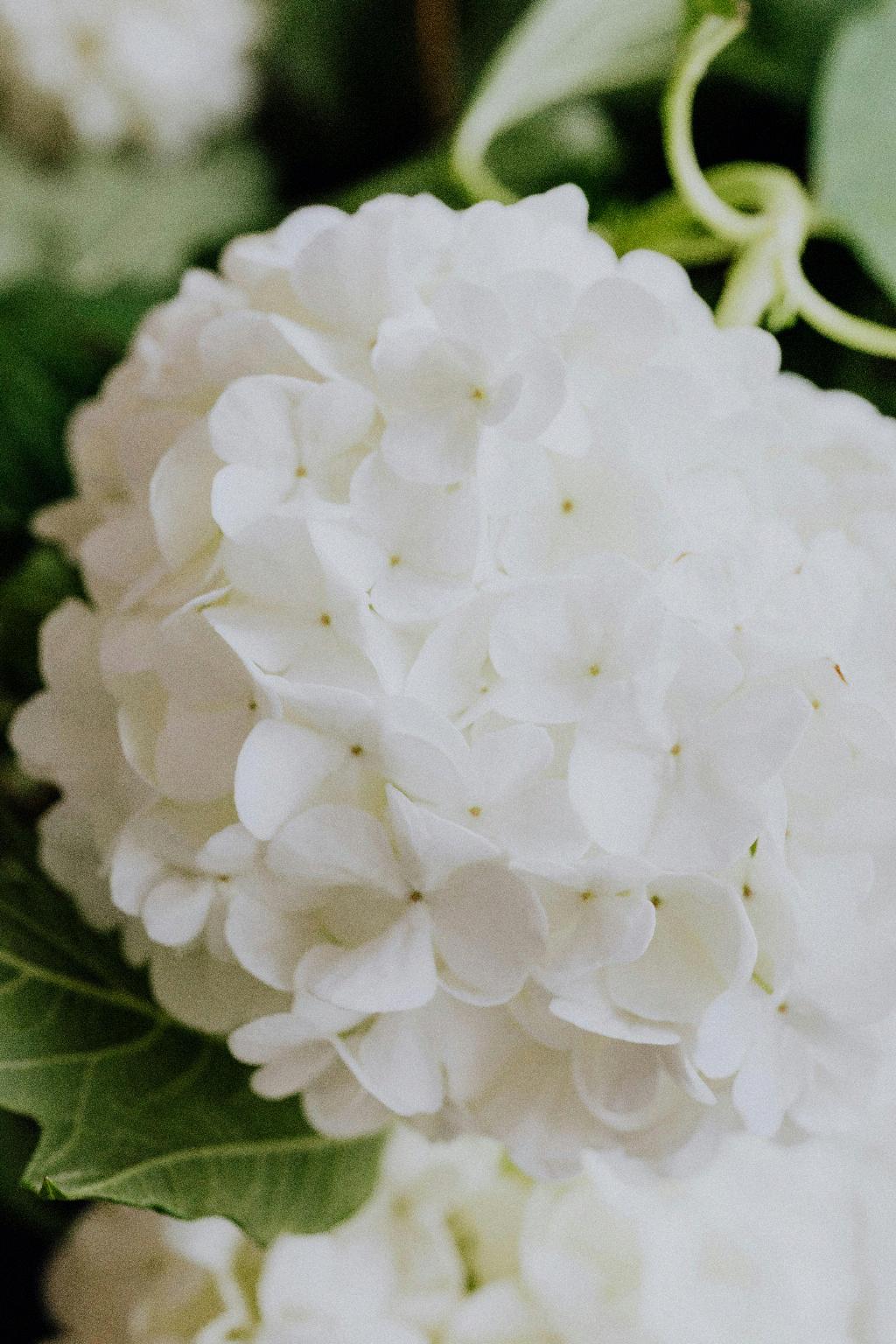Pruning hydrangeas can sometimes be a daunting task for gardeners, but it doesn’t have to be a complicated process. One of the key factors to consider when deciding whether or not to prune your hydrangeas is the type of hydrangea you have. With various types of hydrangeas available, each has its unique growth pattern and blooming habits that can influence the pruning approach.
Hydrangea Pruning Necessities
It’s important to remember that hydrangeas do not necessarily require pruning unless they are overgrown or looking unruly. In many cases, a hydrangea shrub can thrive without pruning and may only need dead branches and spent blooms removed for maintenance purposes. Pruning should primarily aim to enhance the health and aesthetics of the plant, rather than as a routine task.
Types of Hydrangeas and Pruning Guidelines
When considering pruning your hydrangea, it’s crucial to identify the specific type you have, as this will dictate the optimal timing and approach for pruning. For example, bigleaf hydrangeas bloom on both old and new wood, while smooth hydrangeas bloom primarily on new wood. Understanding these distinctions can prevent unintentional damage to the plant and ensure optimal blooming.
When to Prune Hydrangeas
Expert tips on when to prune hydrangeas can vary based on the type and variety. In general, early spring is a suitable time for pruning most hydrangeas, as it allows for the removal of dead wood and encourages new growth. However, it’s essential to research the specific needs of your hydrangea species to determine the most appropriate pruning schedule.
Pruning Techniques and Best Practices
Pruning techniques for hydrangeas can differ depending on the desired outcome. For shaping purposes, selective pruning can be employed to maintain the plant’s size and structure. Regular deadheading of spent blooms not only improves the appearance of the hydrangea but also redirects the plant’s energy towards producing new blooms. Careful pruning is necessary to avoid harming next season’s flowers.
Considerations for Overgrown Hydrangeas
If your hydrangea has outgrown its space or appears untidy, pruning can help rejuvenate the plant and promote healthier growth. When tackling overgrown hydrangeas, it’s advisable to take a gradual approach, trimming selectively to avoid shock to the plant. Prioritize the removal of dead or damaged branches and gradually thin out dense areas for improved air circulation.
Frequency of Pruning Hydrangeas
While some gardeners may be tempted to prune their hydrangeas frequently, it’s essential to exercise restraint to prevent undue stress on the plant. Over-pruning can disrupt the hydrangea’s natural growth cycle and diminish its ability to bloom abundantly. Aim for moderate pruning when necessary, focusing on maintaining the plant’s health and overall shape.
Benefits of Pruning Hydrangeas
When done correctly, pruning can offer several benefits to hydrangeas, such as improving air circulation within the plant, reducing disease susceptibility, and encouraging vigorous growth. Additionally, strategic pruning can enhance the aesthetic appeal of the hydrangea, creating a more visually pleasing garden display. Regular maintenance pruning ensures the plant remains healthy and vibrant throughout the growing season.
Consulting with Experts
If you’re uncertain about the best pruning practices for your hydrangea or have specific concerns about the plant’s health, consulting with gardening professionals or horticulturists can provide valuable insights. Expert advice can help you tailor your pruning approach to suit the unique needs of your hydrangea and ensure its long-term success in your garden.
Conclusion
In conclusion, the decision to prune your hydrangea ultimately depends on its condition, growth habits, and your desired outcomes. By understanding the type of hydrangea you have, following appropriate pruning guidelines, and considering the plant’s specific requirements, you can effectively maintain a healthy and thriving hydrangea in your garden. Remember to approach pruning with care, patience, and a keen eye for the plant’s overall well-being.

